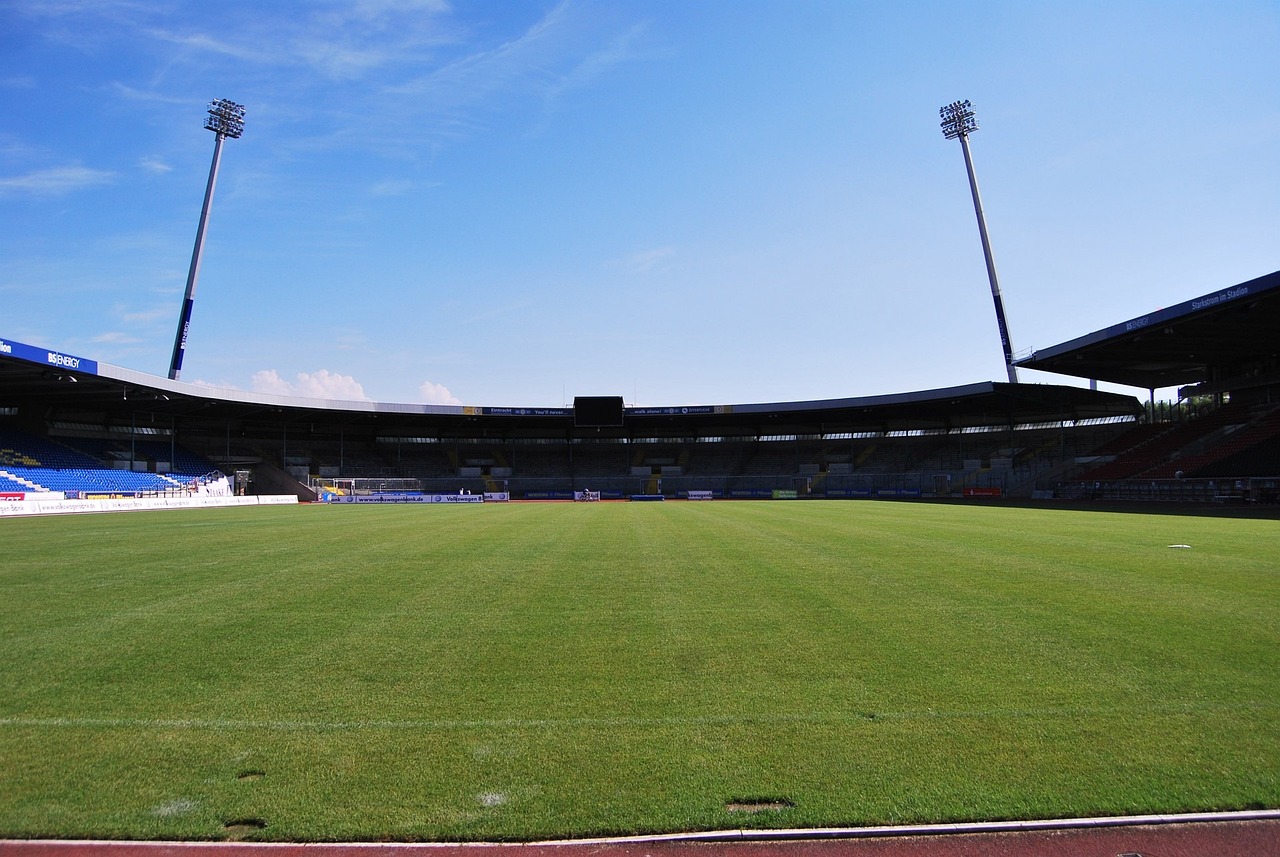Professional sports have long relied on natural turf for their playing fields. Artificial turf has revolutionized the way we think about sports fields. It has evolved from the first generation of synthetic grass in the 1960s to the advanced materials and technologies available today. Here is a brief history of artificial turf in sports:
The Early Years of Synthetic Grass
In 1966, the Astrodome in Houston, Texas, made history by being the first major sporting venue to install synthetic turf. This synthetic turf began as a dense nylon carpet material laid on top of a compact soil base. It caught the attention of stadium owners nationwide because it could endure high traffic volumes while providing a consistent playing field.
The Advent of New Technologies
Artificial turf has continued to improve over the years. In 1976 Frederick T. Haas invented the second-generation of synthetic turf. This new system featured a carpet with longer fibers than before, as well as a shock-absorbing pad underneath. It was also topped off with silica sand to make the fibers stand more upright. Although this new era of synthetic turf wasn’t widely used in the United States, it opened up more possibilities for its use in sports fields.
In 1997, the first instance of third-generation synthetic turf was installed in a Pennsylavia high school. It featured an infill material of crumb rubber or a combination of crumb rubber and silica sand. Third-generation synthetic turf is still widely used by sports companies today.
Modern Synthetic Turf
Third-generation synthetic turf, or modern artificial turf, has revolutionized the sports industry by providing athletes with a more level playing arena. The turf system is complete with improved shock absorption and surface drainage. It also offers similar playability to traditional surfaces. The surface features the longer grass-like fibers and an infill mixture of sand and rubber granules. Most modern systems have a pile height ranging from 40 to 70 millimeters. Some synthetic turf options also have thicker fibers. These features aim to increase durability and keep the fibers standing more upright.
The base component of these synthetic fields comes in various forms, such as gravel or concrete, and must be porous for proper drainage if located outside. A thick pad may also be installed underneath modern turf to increase shock absorption. It is most often placed beneath the pile fibers, infill, and backing, and above the chosen base. Since the first-generation synthetic turf was made, new advancements in design and engineering have increased longevity and helped the surface look more equivalent to natural grass.
Benefits of Synthetic Turf in Athletics
Maintenance is simpler for synthetic turf than for natural grass fields since you only need occasional brushing or cleaning. It remains green throughout the year and doesn’t develop dead spots or dry patches, offering a more consistent aesthetic appeal for sporting complexes. Turf also eliminates the need for water, fertilizers, pesticides, and mowing. This may contribute to saved time and lower maintenance costs for athletic departments.
Synthetic turf can help prevent players from tripping in muddy patches or dug holes, as might happen with natural grass. Players may also benefit from a better grip when running thanks to biomechanical-related properties such as friction, responsiveness, and cushioning.
Get an Artificial Turf Supplier Today
Originally designed as a cost-effective solution to natural grass, synthetic turf has become a global preference for some sports teams. As technology continues to develop, safety considerations remain a factor in the evolution of synthetic turf. Whether you’re looking for an upgrade for your current sports field or need to install a brand new one, find an experienced artificial turf supplier for high-quality products.





Be First to Comment